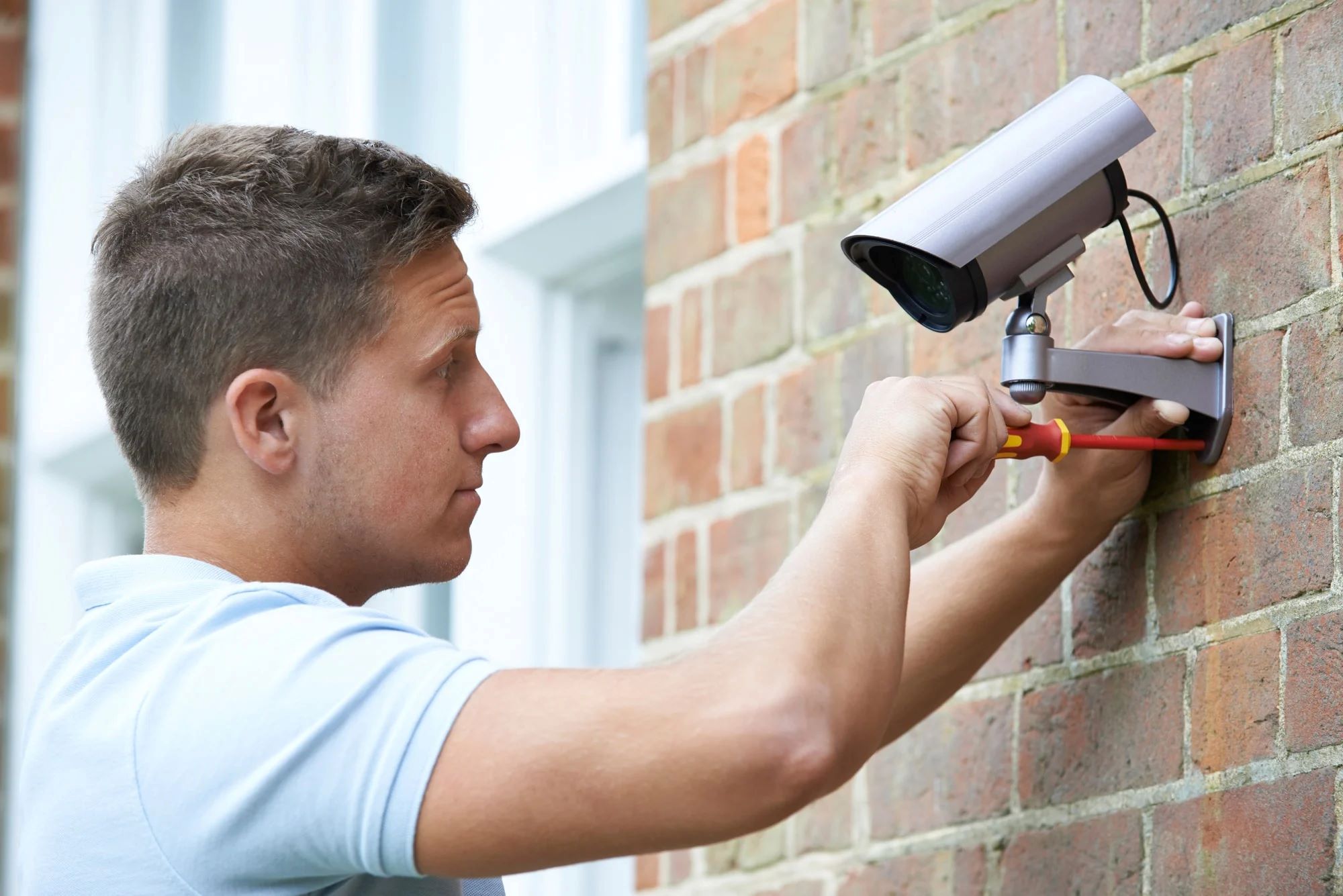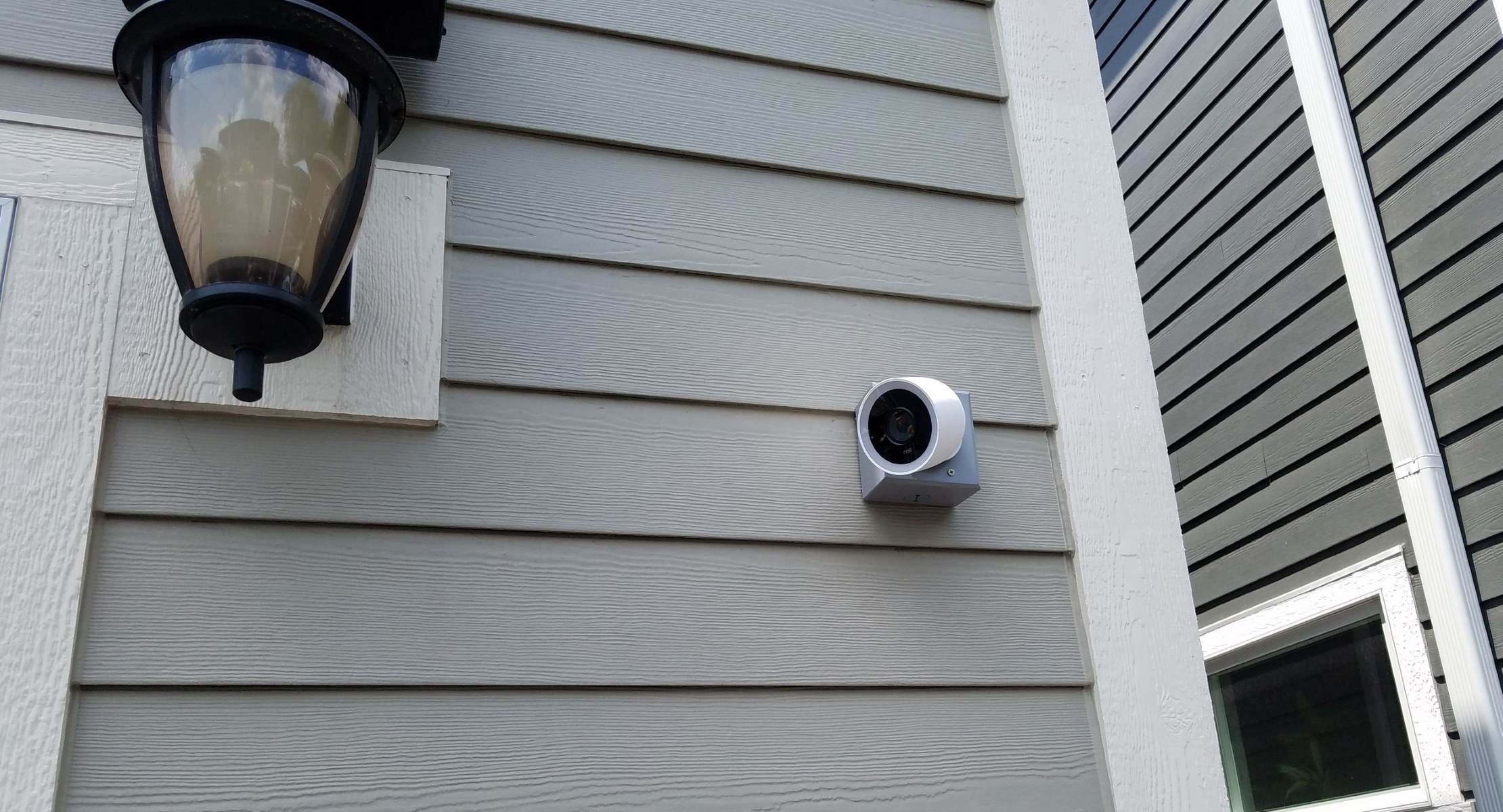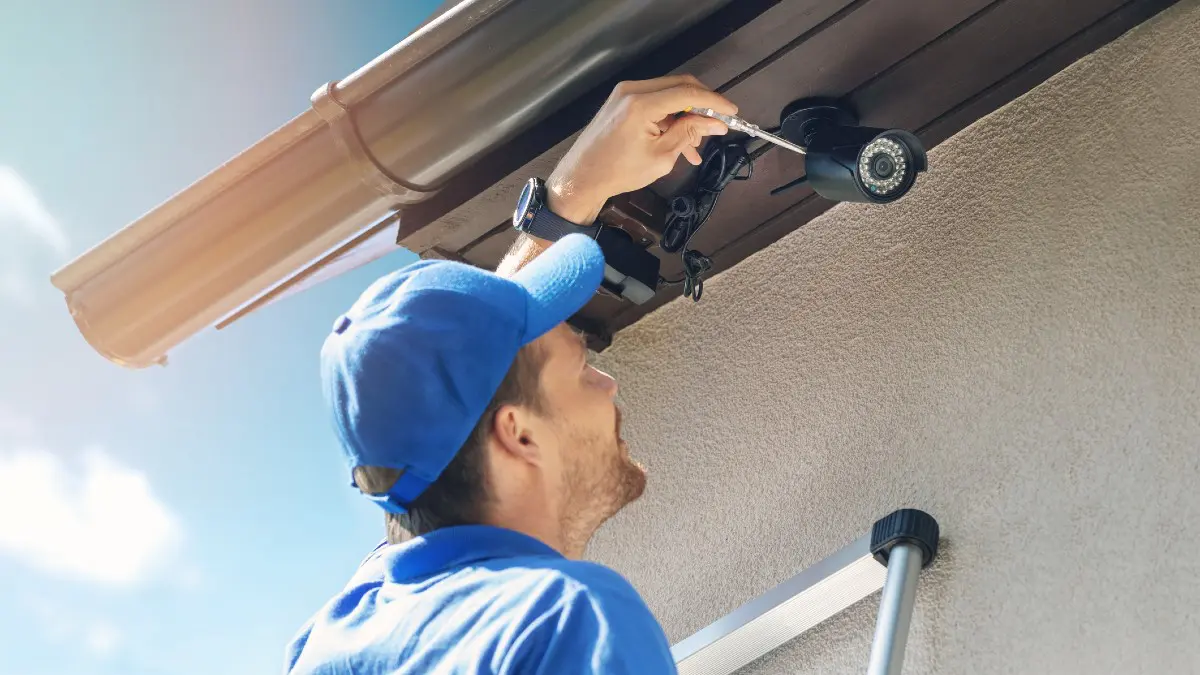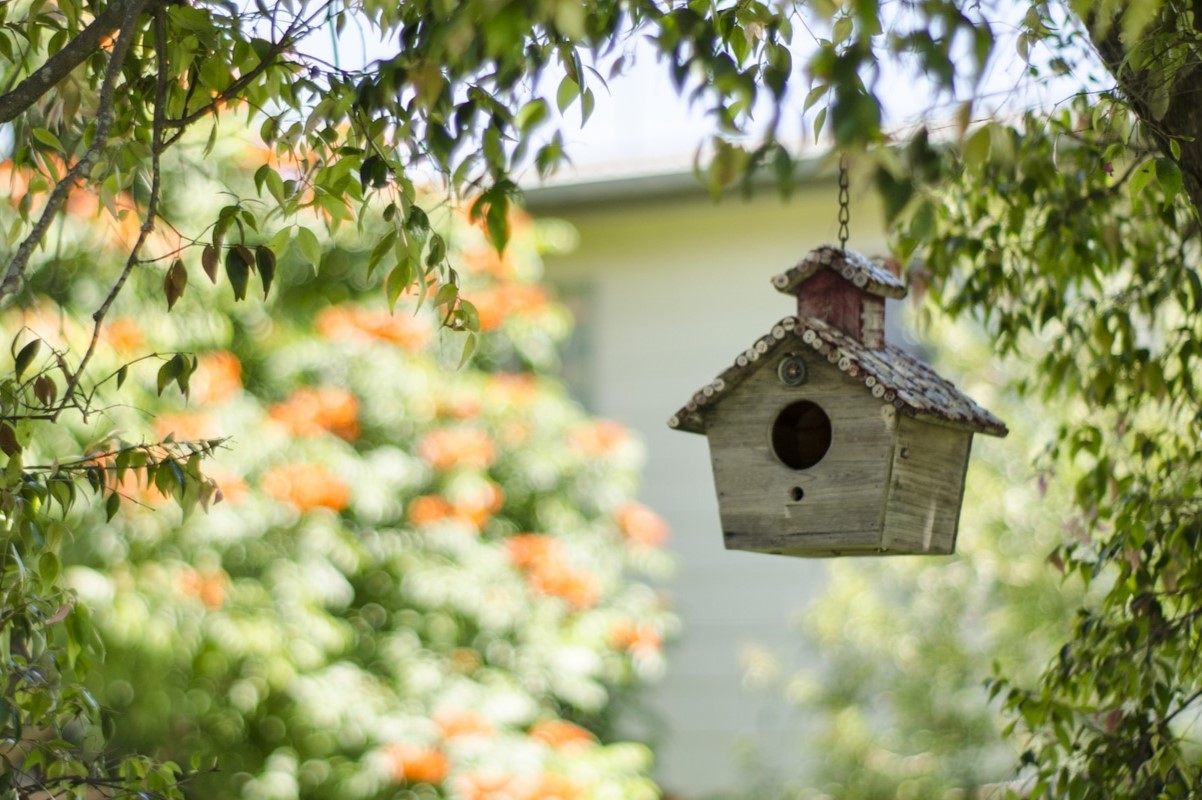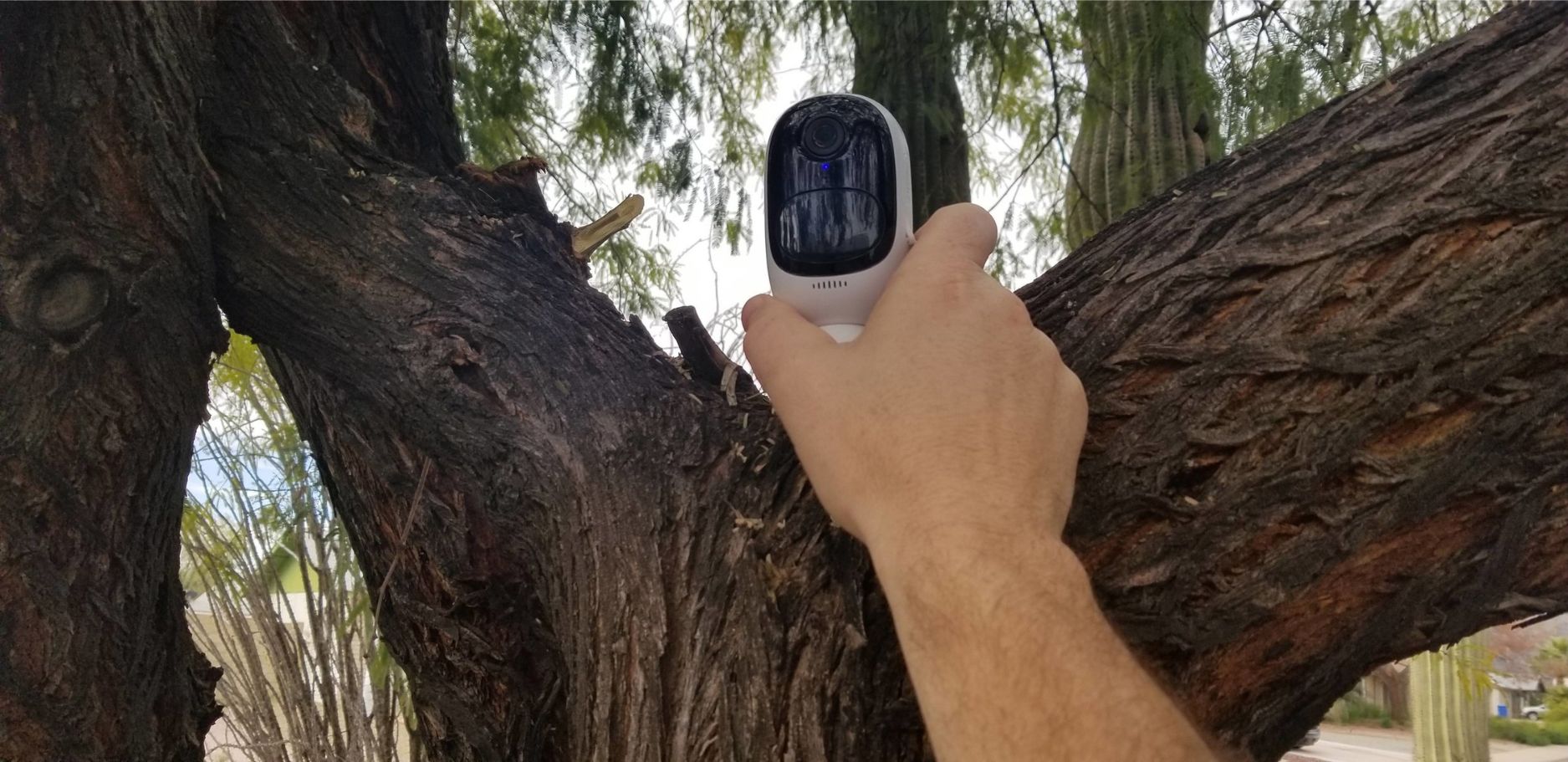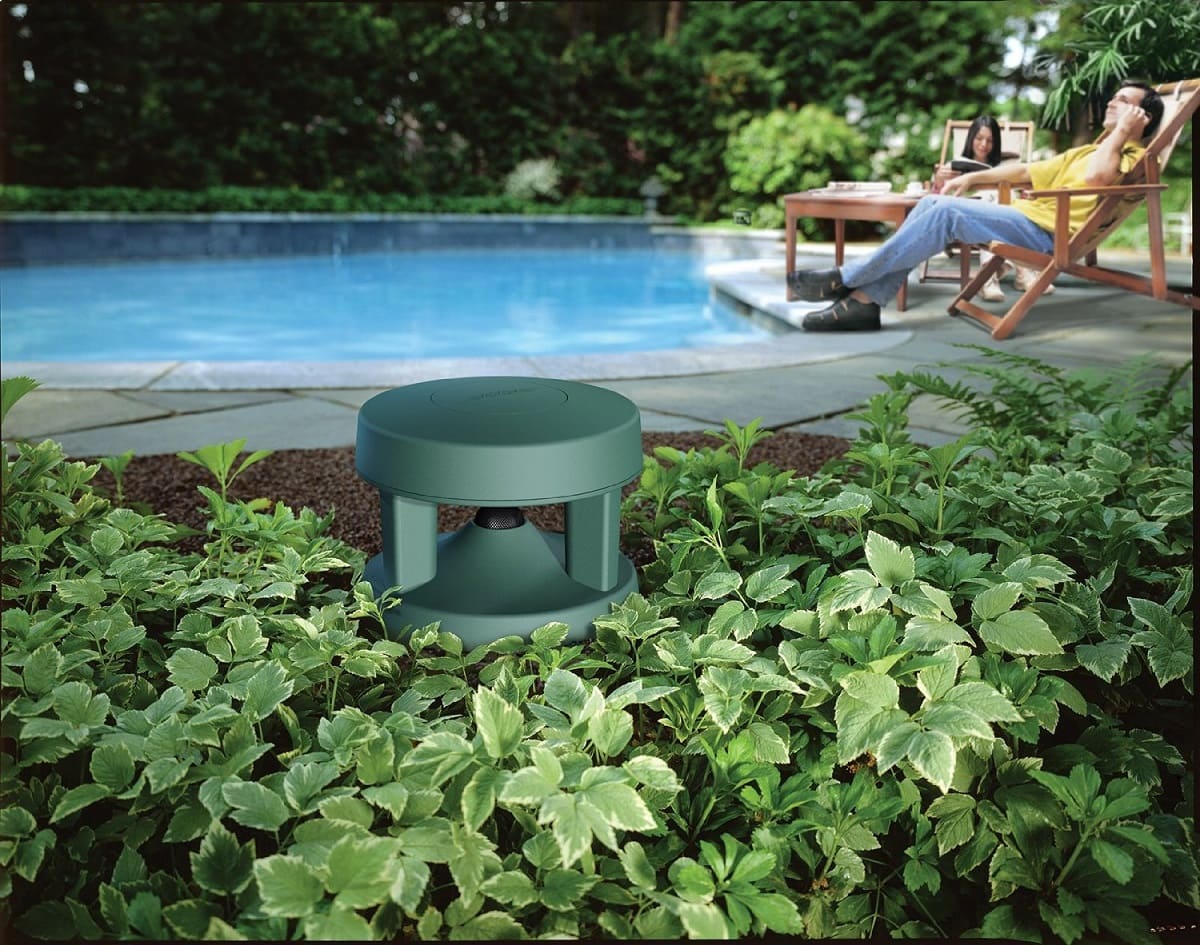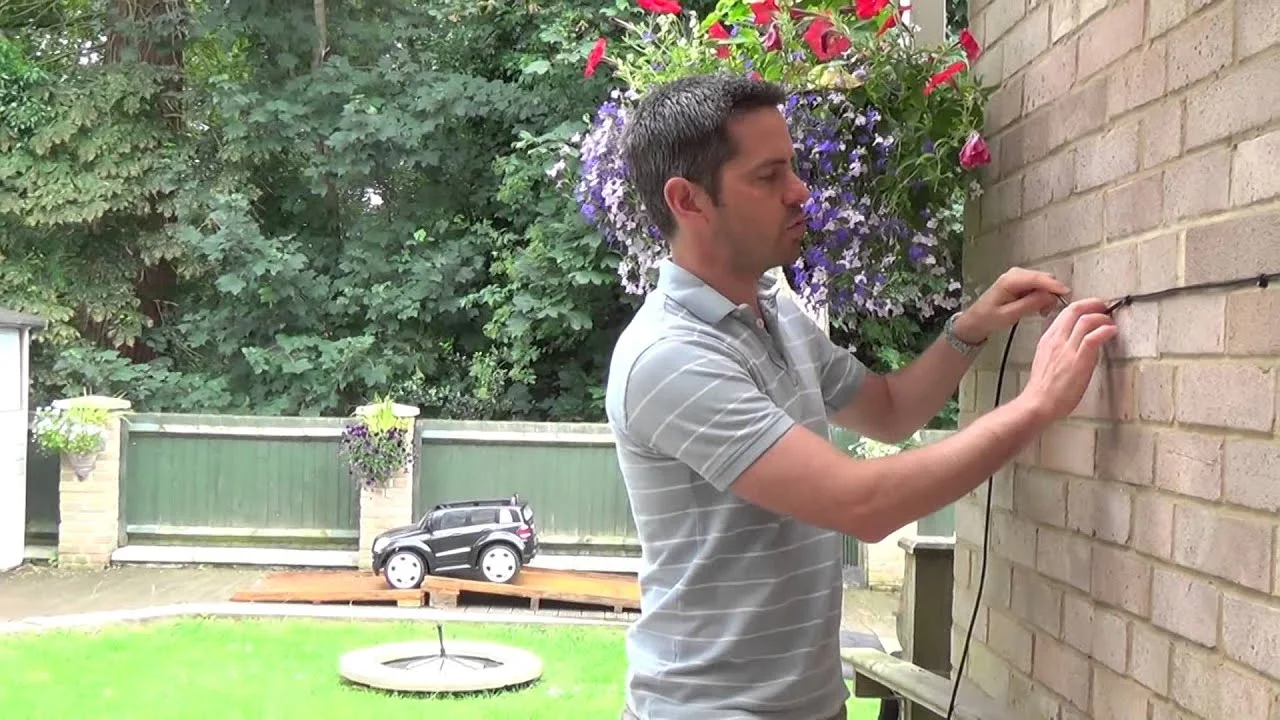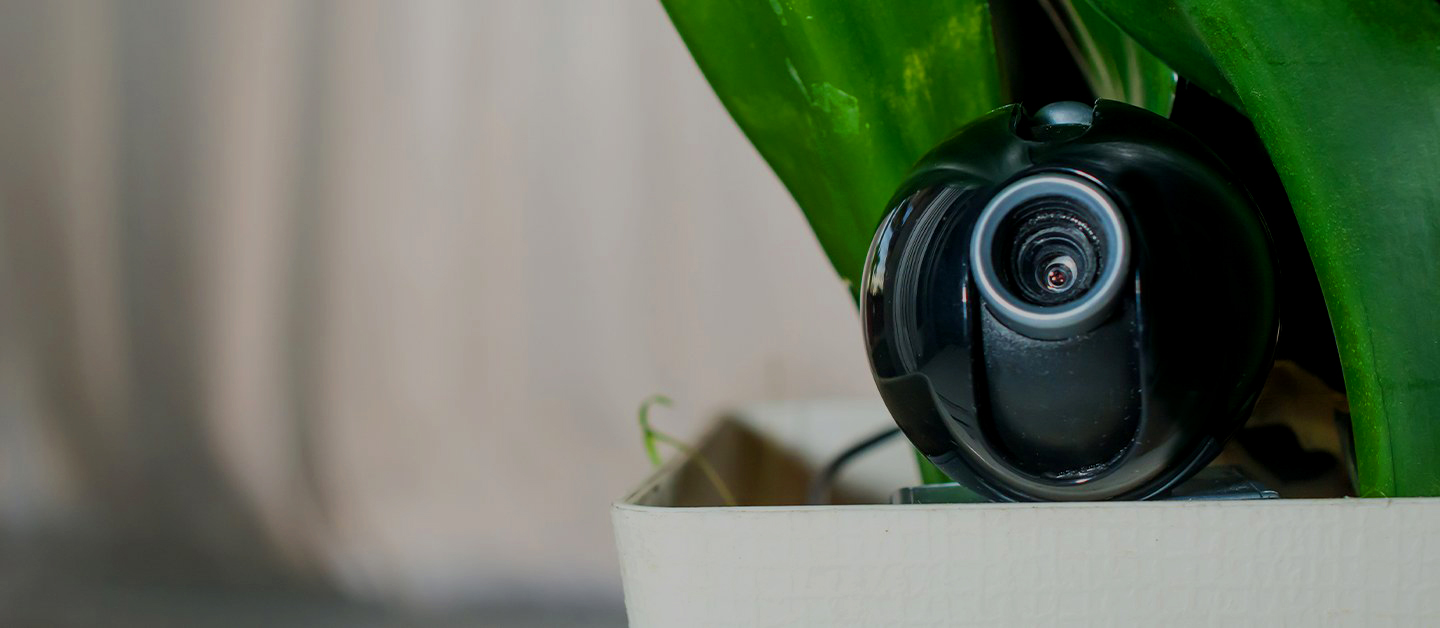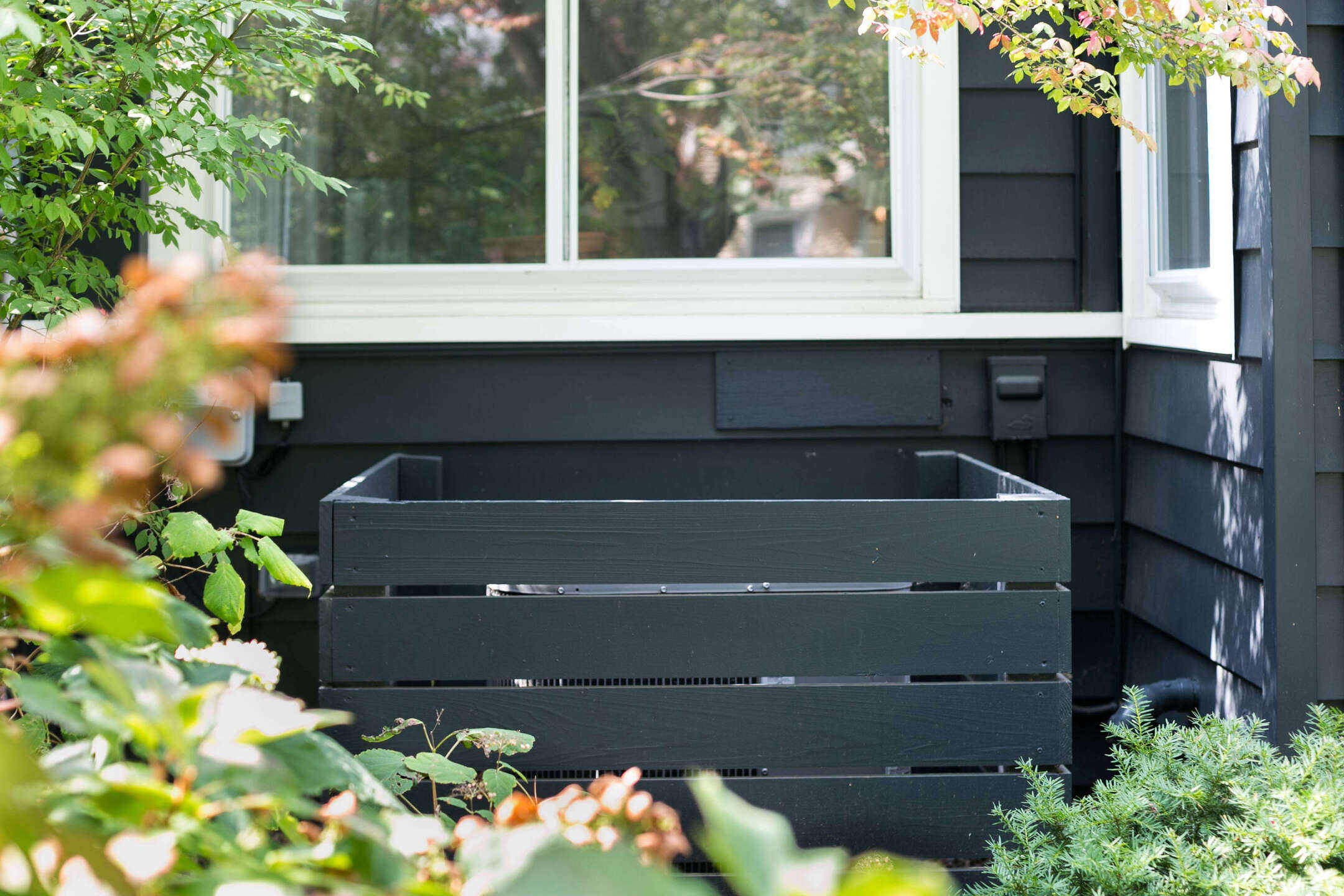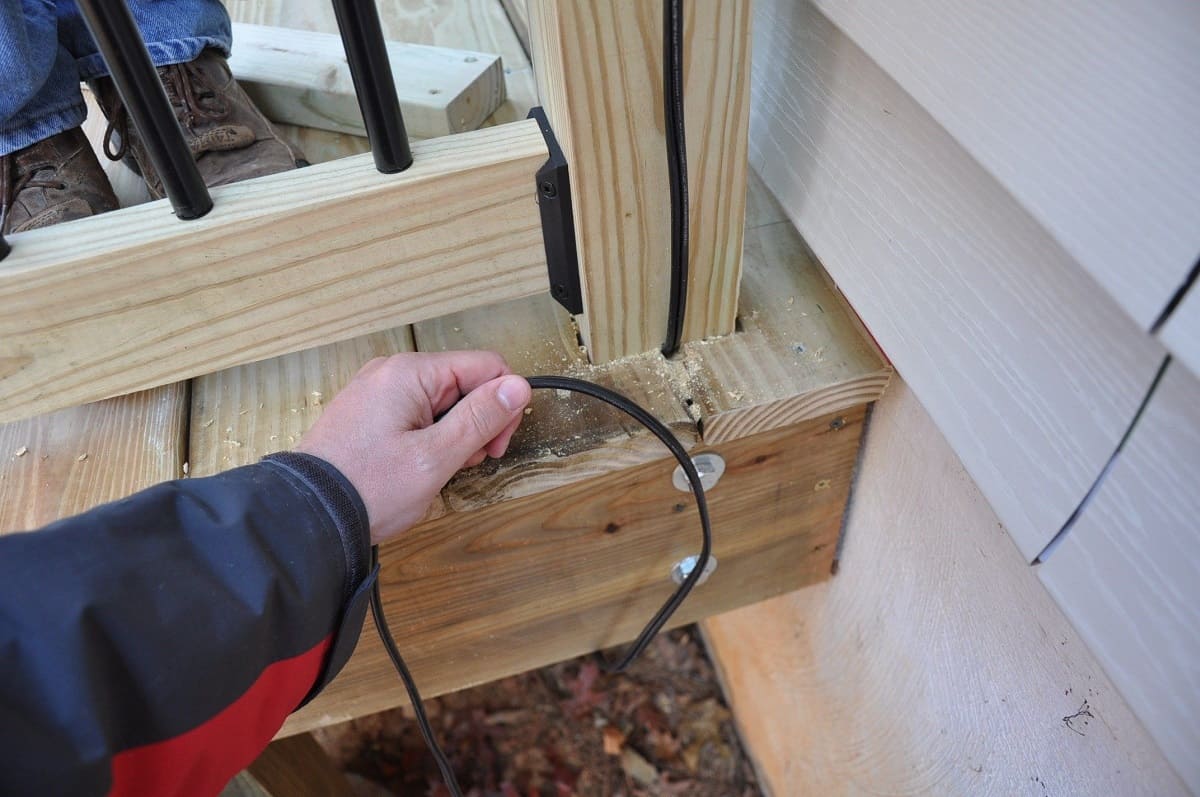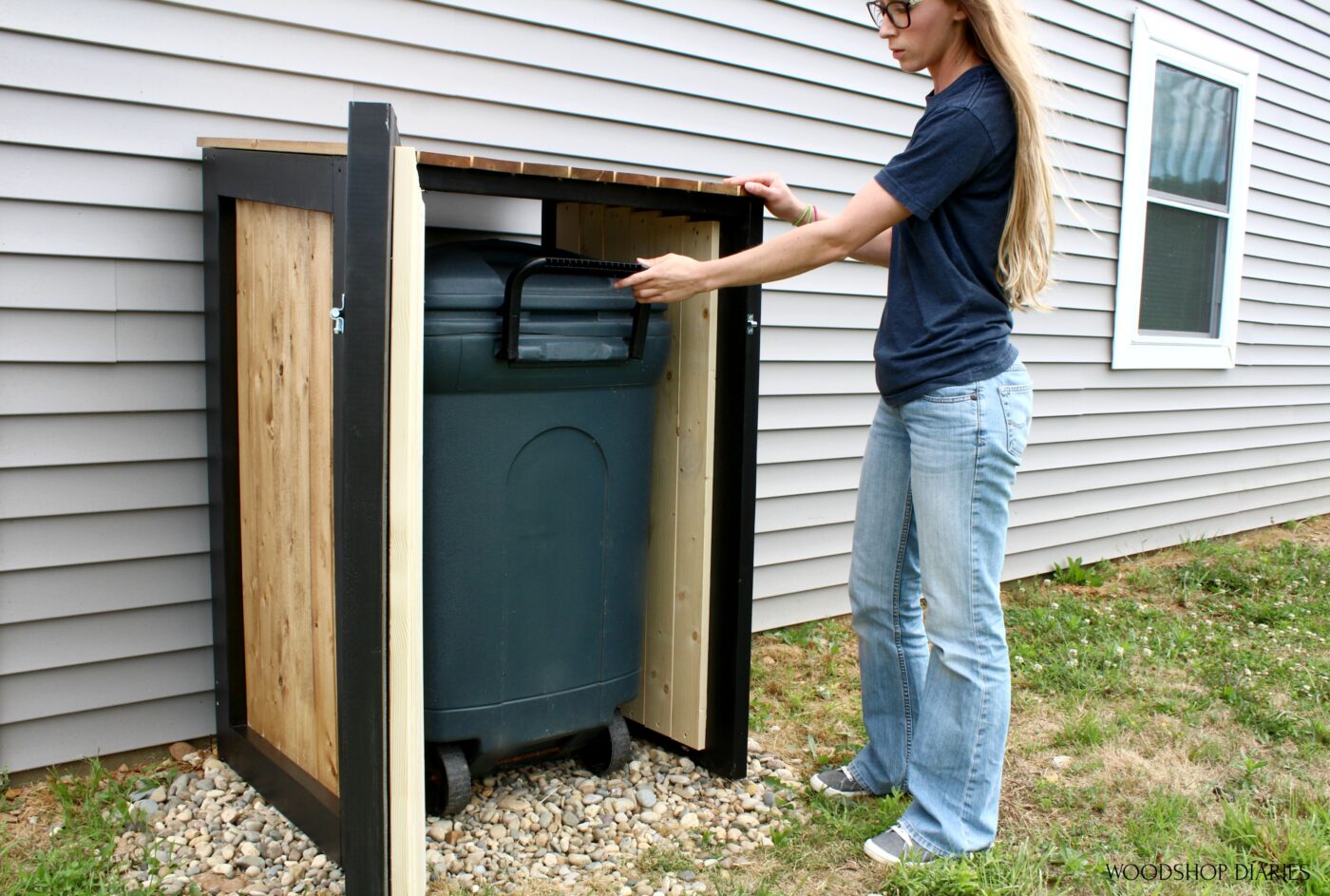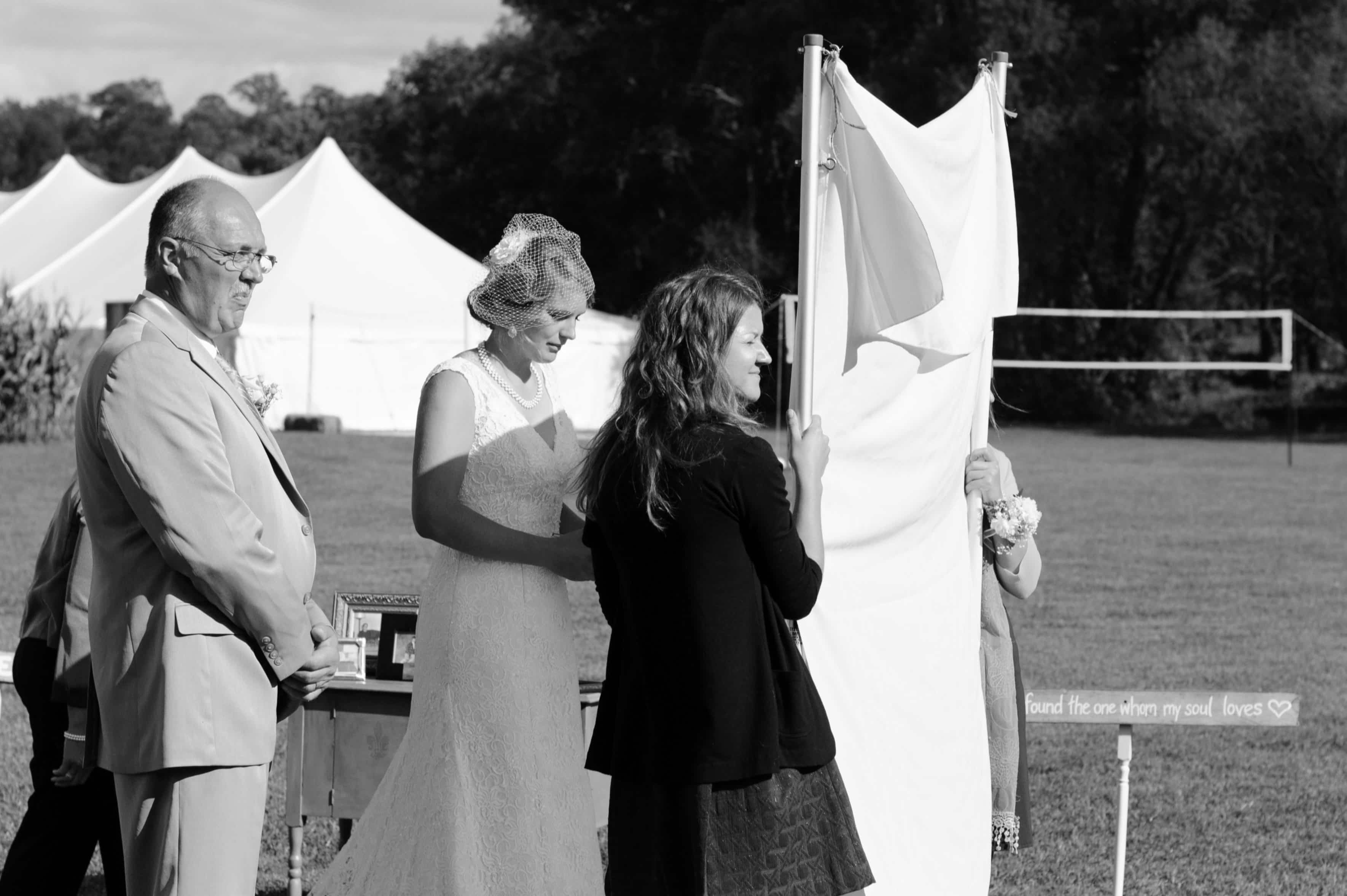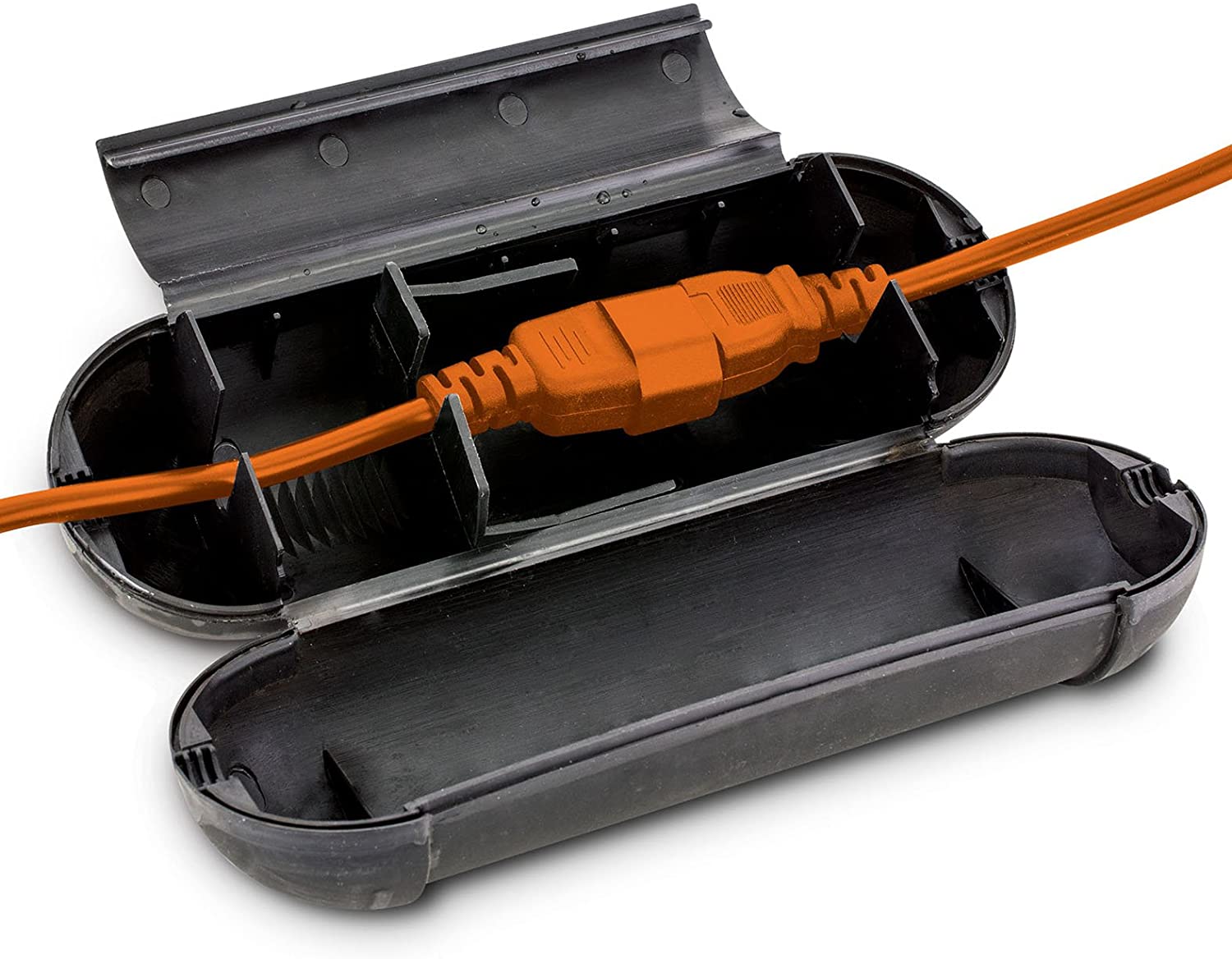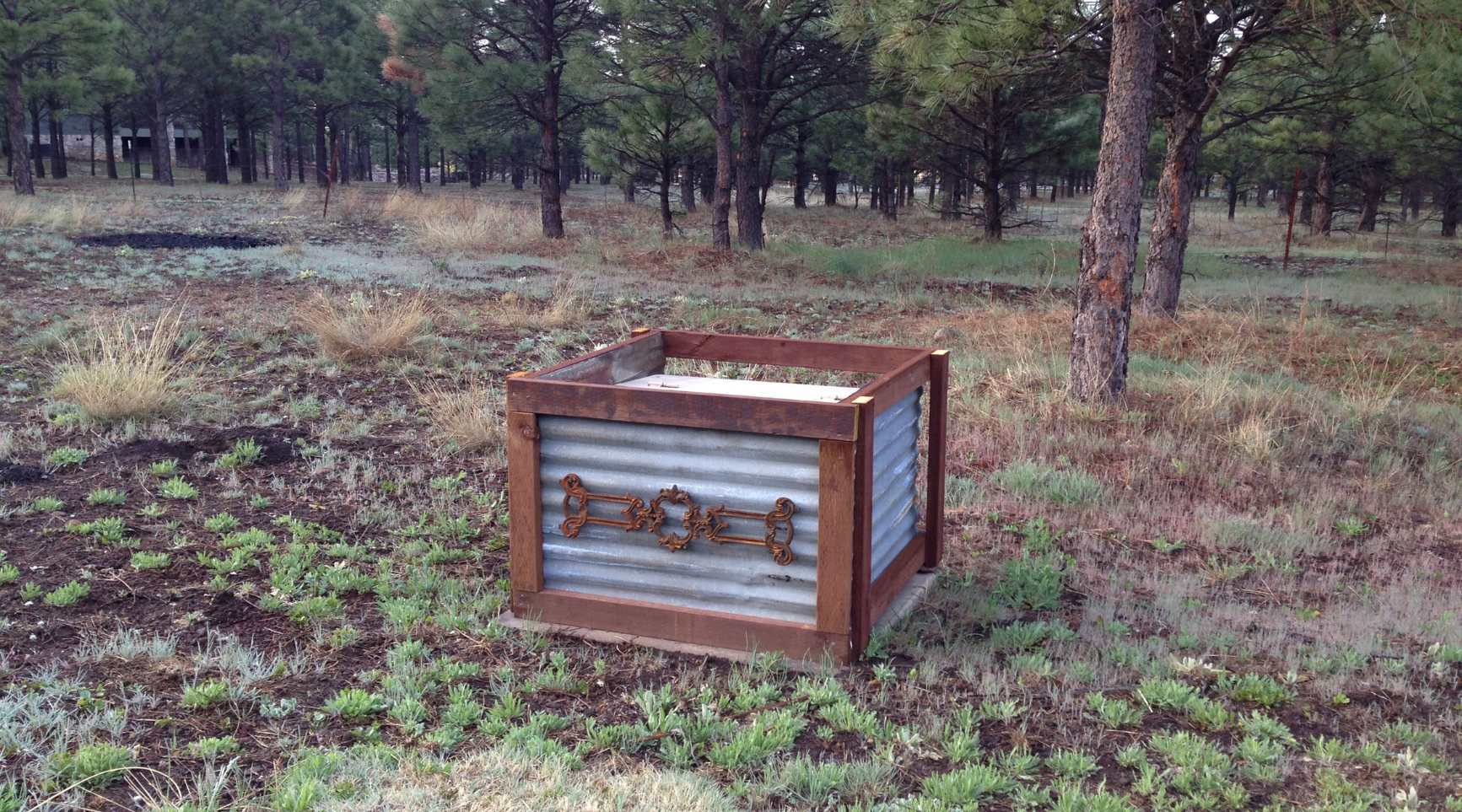Home>Home Security and Surveillance>How To Hide An Outdoor Camera
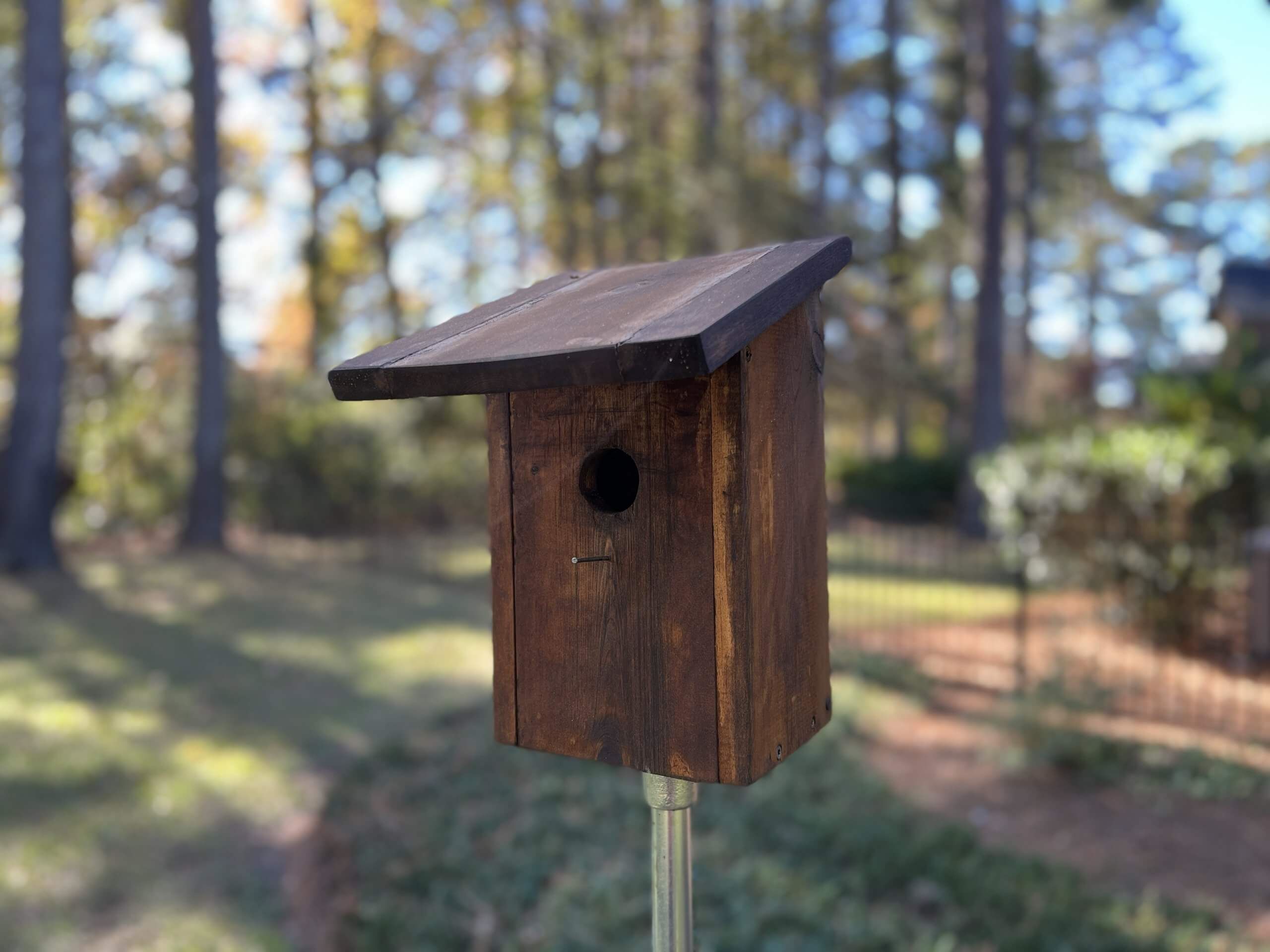

Home Security and Surveillance
How To Hide An Outdoor Camera
Modified: March 6, 2024
Looking for home security and surveillance? Learn how to effectively hide an outdoor camera to keep your property safe and secure.
(Many of the links in this article redirect to a specific reviewed product. Your purchase of these products through affiliate links helps to generate commission for Storables.com, at no extra cost. Learn more)
Introduction
Home security and surveillance are vital aspects of keeping our homes and loved ones safe. With advancements in technology, outdoor cameras have become an integral part of any home security system. However, the effectiveness of an outdoor camera can be compromised if it is easily noticeable or tampered with by potential intruders.
In this article, we will discuss how to effectively hide an outdoor camera to maintain its covert surveillance capabilities. We will explore various methods and techniques to ensure that your camera remains concealed while obtaining optimal coverage.
Whether you want to deter burglars, monitor your property, or have evidence in case of any untoward incidents, hiding your outdoor camera is essential. By following these steps, you can enjoy peace of mind knowing that your surveillance system is working covertly to keep your home and loved ones secure.
Key Takeaways:
- Hide outdoor cameras by blending them with surroundings, using camouflage skins, and strategic positioning. Regular maintenance ensures they remain covert, enhancing home security without alerting potential intruders.
- Concealing outdoor cameras in plain sight, utilizing natural coverings, and disguising them as everyday objects enhances surveillance effectiveness. Strategic placement and regular checks maintain covert security measures for peace of mind.
Read more: How To Hide An Outdoor Camera
Step 1: Choosing the Right Location
Choosing the right location for your outdoor camera is crucial to ensure effective surveillance while keeping it discreet. Here are some factors to consider when selecting the ideal spot:
- Coverage Area: Assess the areas you want to monitor and identify any blind spots or vulnerable entry points. Aim for a location that offers a wide field of view without compromising privacy.
- Accessibility: Select a location that allows easy access for maintenance and adjustments. Consider the height and angle at which the camera will be installed to avoid obstructions while still capturing clear footage.
- Power and Connectivity: Ensure that your camera is within reach of a power source and has a stable internet connection for live streaming and remote monitoring.
- Sighting Considerations: Take into account any nearby objects, such as trees or buildings, that could obstruct the camera’s view. Additionally, avoid locations where the camera may be susceptible to harsh weather conditions.
By carefully considering these factors, you can choose a prime location for your outdoor camera that provides optimal coverage without drawing attention to its presence.
Step 2: Concealing the Camera in Plain Sight
One effective way to hide an outdoor camera is by concealing it in plain sight. By blending the camera with its surroundings, you can make it less noticeable to potential intruders. Here are some methods to accomplish this:
- Disguise as an everyday object: Consider using a camera that is designed to look like a regular object, such as a birdhouse, a mailbox, or a garden light. These hidden camera designs can seamlessly blend into your outdoor environment.
- Color matching: Paint the camera housing to match the color of its surroundings. This can help the camera blend in with the exterior of your home or any nearby objects, making it less conspicuous.
- Conceal behind a window: If the camera is positioned near a window, consider installing it behind a window pane. This not only provides protection from the elements but also makes the camera less noticeable from the outside.
- Utilize existing structures: Look for opportunities to attach the camera to existing structures, such as fences, walls, or pillars. By incorporating the camera as part of these structures, it becomes less distinguishable.
Remember that the goal is to make the camera appear as inconspicuous as possible. By concealing it in plain sight, you can maintain the element of surprise and increase its effectiveness as a surveillance tool.
Step 3: Using Camouflage Accessories
In addition to concealing the camera itself, you can further enhance its camouflage by utilizing various accessories. These accessories are designed to help the camera blend seamlessly into its surroundings. Here are some options:
- Camouflage Skins: Consider purchasing camouflage skins or wraps specifically designed for outdoor cameras. These skins often feature natural patterns like leaves or bark, effectively blending the camera with surrounding vegetation.
- Weatherproof Housing: Opt for a weatherproof housing that matches the color and texture of your outdoor environment. These housings not only provide protection from the elements but also help camouflage the camera by making it blend in.
- Natural Coverings: Utilize natural coverings like shrubs, vines, or hanging baskets to conceal the camera. Strategically placing these items around the camera can effectively camouflage it while maintaining visibility for the lens.
- Enclosures: Consider using enclosures or boxes around the camera to mimic everyday objects. For example, you can enclose the camera in a small birdhouse or a faux electrical box, making it appear inconspicuous.
These camouflage accessories provide additional layers of disguise, making it more difficult for potential intruders to spot your outdoor camera. By carefully selecting and implementing these accessories, you can ensure that your camera remains hidden while effectively monitoring your property.
Consider using natural elements such as plants or bushes to conceal the camera. You can also paint the camera to match the surroundings or use a camera cover designed to blend in with the environment.
Step 4: Strategic Positioning for Optimal Coverage
Positioning your outdoor camera strategically is essential to maximize its coverage and effectiveness. Here are some tips to ensure you achieve optimal surveillance:
- Entry Points: Place the camera in a location that covers all main entry points to your property, such as doors, windows, and gates. This will help capture any potential intruders approaching your home.
- Line of Sight: Ensure that the camera has a clear line of sight to the desired areas, without any significant obstructions. Avoid placing the camera too high or too low, as it may limit its view or make it easier to spot.
- Angle and Tilt: Adjust the camera’s angle and tilt to cover the desired area effectively. Experiment with different angles to find the best position that provides a wide field of view while maintaining the camera’s concealment.
- Lighting Considerations: Take into account the lighting conditions of the area you wish to monitor. In low-light areas, consider using cameras with built-in or external infrared (IR) illuminators to capture clear footage during nighttime.
- Wi-Fi Signal: If your camera operates on a Wi-Fi network, make sure it is within range of a stable and strong signal. This will ensure uninterrupted connectivity and smooth remote monitoring.
By strategically positioning your outdoor camera, you can optimize its coverage and increase the likelihood of capturing important footage. Remember to regularly test the camera’s view and adjust its position if necessary to maintain its effectiveness.
Step 5: Ensuring the Camera Remains Hidden
Once you have positioned and concealed your outdoor camera, it’s crucial to take additional measures to ensure it remains hidden from prying eyes. Here are some tips to keep your camera covert:
- Cable Management: Properly manage and conceal the camera’s cables and wiring to avoid suspicious-looking protrusions. Use cable clips or conduit to secure and hide the wires along walls, fences, or other structures.
- Observe from Different Angles: Put yourself in the shoes of a potential intruder and carefully examine your property from different angles. Look for any signs of the camera’s presence and make adjustments accordingly.
- Surrounding Distractions: Install additional outdoor lighting, decorations, or plants around the camera to divert attention away from it. These distractions can help camouflage the camera and make it less noticeable.
- Regular Maintenance: Regularly inspect and clean the camera to ensure it remains in good working condition. Remove any dirt, debris, or spider webs that may accumulate and draw unwanted attention.
- Security Signage: Display security signs or stickers near the camera to create an added deterrent. Even if the camera is hidden, visible signs of security can discourage potential intruders.
Remember that maintaining the camera’s concealment is an ongoing process. Regularly assess and adjust the camera’s surroundings to ensure that it remains hidden from view. By implementing these measures, you can increase the chances of capturing any suspicious activity without tipping off potential intruders.
Step 6: Regular Maintenance and Checks
Performing regular maintenance and checks on your outdoor camera is essential to ensure it remains hidden and functions optimally. Here are some steps to follow:
- Inspect Camera Concealment: Regularly inspect the camera and its camouflage accessories to ensure they are intact and effectively hiding the camera. Look for any signs of wear, such as peeling skins or fading paint, and make necessary repairs or replacements.
- Test Camera Functionality: Periodically test the camera’s functionality, including the image quality, motion detection, and remote access. Verify that it is capturing clear footage and sending notifications if applicable.
- Check for Obstructions: Examine the camera’s field of view for any obstructions that may have appeared over time, such as overgrown vegetation or new structures. Trim or remove any obstructions to maintain a clear line of sight.
- Clean the Camera Lens: Keep the camera lens clean and free from dirt, dust, and smudges. Use a soft, lint-free cloth to gently wipe the lens periodically to ensure clear and unobstructed footage.
- Monitor Camera Position: Occasionally check the camera’s position and angle to ensure it hasn’t been inadvertently moved or tilted. Make any necessary adjustments to ensure it continues to cover the desired areas effectively.
By regularly maintaining and checking your outdoor camera, you can ensure that it remains hidden and functions properly. This proactive approach helps maintain the camera’s effectiveness as a covert surveillance tool and provides peace of mind knowing that your security system is operating at optimal levels.
Conclusion
Hiding an outdoor camera is important for maintaining its covert surveillance capabilities while ensuring the safety and security of your home. By following the steps outlined in this article, you can effectively conceal your camera and enhance its effectiveness as a home security tool.
Choosing the right location, concealing the camera in plain sight, using camouflage accessories, strategically positioning the camera, and regularly maintaining and checking the camera are all crucial steps in achieving optimal concealment. By blending the camera with its surroundings, you can deter potential intruders and capture important footage without alerting them to its presence.
Remember to think like a potential intruder when positioning and concealing your camera, carefully considering any blind spots or vulnerable entry points. Utilize accessories such as camouflage skins, weatherproof housing, and natural coverings to further disguise the camera. Regularly check for obstructions, clean the lens, and test the camera’s functionality to ensure it remains hidden and operational.
By effectively hiding your outdoor camera, you can maintain the element of surprise and increase the chances of capturing any suspicious activity. Your home security system will work discreetly in the background, providing you with peace of mind and creating a safer environment for you and your loved ones.
Remember, a well-hidden outdoor camera is an effective deterrent and a powerful tool for keeping your home secure. Invest the time and effort to hide your camera effectively, and you’ll reap the benefits of enhanced home security.
Frequently Asked Questions about How To Hide An Outdoor Camera
Was this page helpful?
At Storables.com, we guarantee accurate and reliable information. Our content, validated by Expert Board Contributors, is crafted following stringent Editorial Policies. We're committed to providing you with well-researched, expert-backed insights for all your informational needs.
